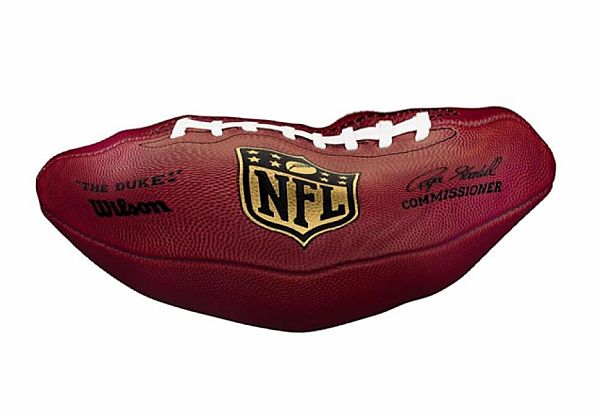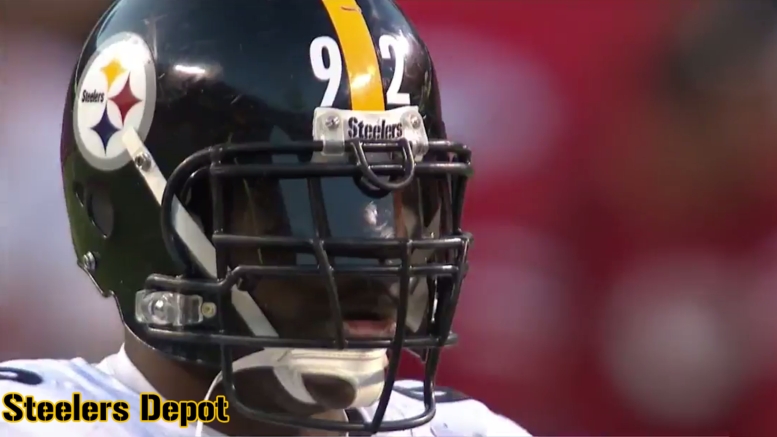Over the course of time passed since the publication of The Wells Report in Context, a document written by New England Patriots attorney Daniel Goldberg rebutting the findings of investigator Ted Wells, I have fully digested the attorney’s text, as well as further gone over the Wells Report itself, and one thing seems clear to me.
Prior to ‘Deflategate’ emerging as a major news story overnight following the AFC Championship game, it does not appear to me that the NFL took PSI very seriously, or lent it much significance in general.
From the on-the-books discipline of such a violation, to the haphazard and inconsistent carrying out of standard protocols, to the evident lack of understanding of the scientific factors involved in football air pressure, there is certainly a clear narrative that the NFL was underinformed and largely unconcerned about the issue.
It seems likely to me that the issue grew significantly in importance within league circles as a direct response to the prominence with which media outlets featured the story, in addition to the public response of negativity to the allegations.
If there is a single thing that the Patriots got right about the entire process, it would be this. There does seem to be a delayed urgency to the attention to detail paid after the fact, but that does not dismiss the charges in any way.
Within the provisions of Rule 2, pertaining to the altering of footballs, is a disciplinary warning that no one is to alter the footballs in any way once they have left the officials’ locker room. The discipline for a violation of this included a fine of $25,000, but was not limited to that (Wells Report, page 35). Still, a $25,000 fine is a far cry from what discipline was actually administered, which suggests that the league considered it a bigger issue than when the rule was written, essentially overnight.
As to the point about the vagaries regarding pre-game inspection of footballs, the testimony of head official for the AFC Championship game Walt Anderson paints a clear picture of inconsistency, if not nonchalance.
Anderson could not even clearly recall which of two air pressure gauges he used to verify the PSI of the footballs, nor did he or anybody else record the PSI readings of the footballs, in spite of the fact that he had been previously informed of the accusations of deflation (page 51-2). To his recollection, two of the Patriots’ balls were indeed deflated at a level below 12.5 PSI, the minimum, and were subsequently properly inflated and approved.
Additionally, it is quite clear that the protocol of the officials monitoring the location of the balls from the time of inspection to the time of proceeding to the field is not strictly adhered to, especially in light of Jim McNally’s testimony that he has frequently escorted the game balls to the field unaccompanied (page 60). This would not be possible had the protocol been followed with regularity.
Finally, there is the concern that both league officials and game officials had little to no knowledge about the variety of factors that could influence the PSI of a football, and the idea that a football’s PSI could be reduced, for example, by the elements, even to a significant degree. It appears that the majority of this knowledge was acquired during the investigation.
Still, even Goldberg’s document acknowledges that three of the Patriots’ footballs were at a PSI below regulation that even the Ideal Gas Law could account for, by the standard of the gauge that consistently read higher pressures, which means that at least one other factor must have accounted for the difference, whether tampering or otherwise.







